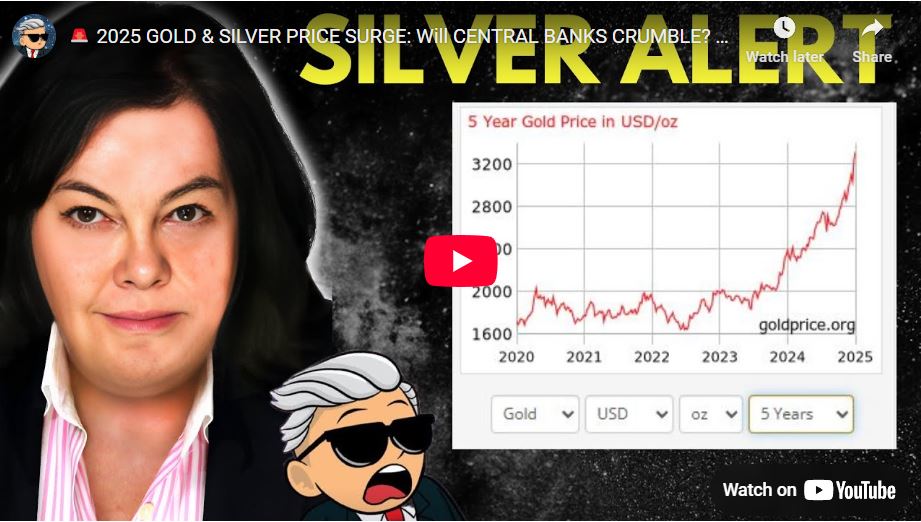The Decade-Long Path Ahead To Recovery, Part 1: Debt
The comments below are an edited and abridged synopsis of an article by Michael Lebowitz and Jack Scott
The discussions about economic recovery and the path ahead are ongoing. The shape it will take is unknown. One thing, however, is certain: Every form of stimulus possible is being used to combat the downturn, but at what cost?

“Additional fiscal support could be costly, but worth it if it helps avoid long-term economic damage and leaves us with a stronger recovery,” said Fed Chair Jerome Powell in May. But the Fed isn’t doing what is best for economic growth and prosperity. Power, influence and intellectual elitism may be winning today’s battle, but they are losing the war.
Up for discussion: Yardeni et al; planning ahead; past experience; a new trajectory for US growth; the culprit; the new order; a fine mess; and evidence.
In summary: Based on the trends of the past 40 years, the economy will not regain pre-Covid output levels until sometime in the 2030s. The implications of that scenario are weak GDP growth, poor labour market growth and high market volatility, among many other unknowns. It might also imply continuing civil unrest and, potentially, war.
All of those in power appear to be complicit in advancing this agenda. Why not? They are rewarded handsomely for their compliance. That is how politicians and the corporate elite get wealthy from their positions of power.
Meanwhile, the rest of us watch and wait, hoping that someone will show up to represent the community.
What the Fed is doing to save today will cause problems tomorrow. We have two choices; we can recognize the problem and force change by electing like-minded legislators. Or, we can stand aside. The latter furthers behaviour detrimental to the US.
If nothing changes, the problem will eventually take care of itself. It will not be peaceful or pleasant, but it will come to a resolution. The outcome will not be favourable for investors or what was once the greatest economy in history.


